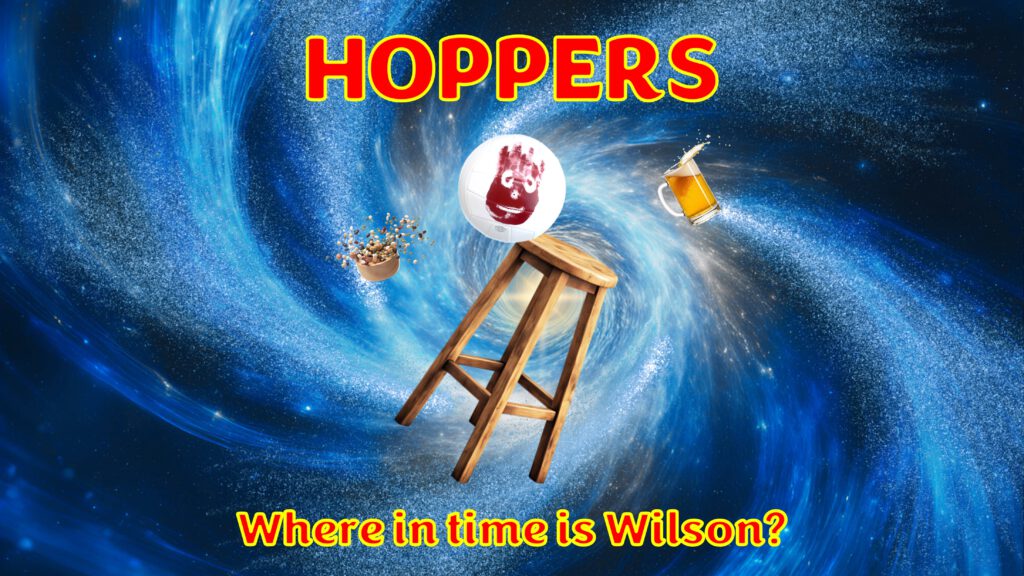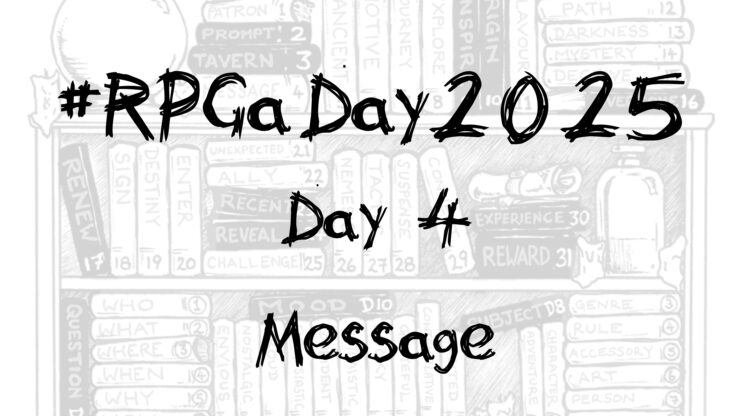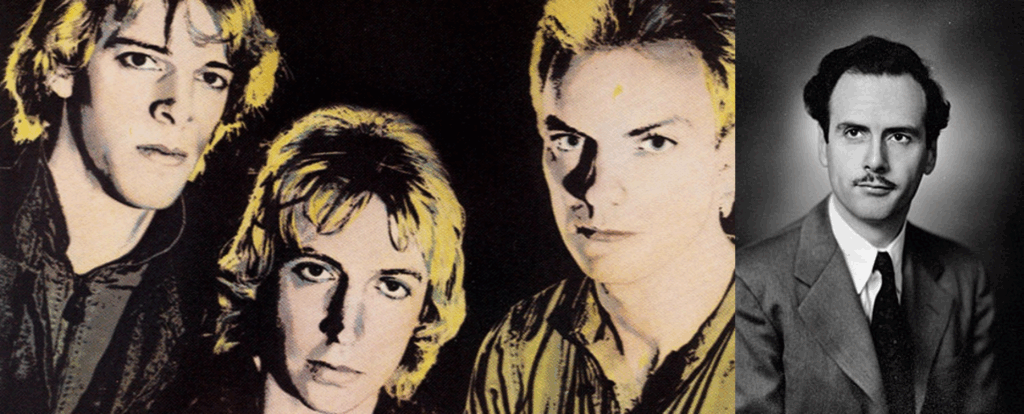Happy Monday to all! Today’s topic is Massage. Let’s go down this rabbit hole.
When I read the topic, I think of two men, Marshall McLuhan and Sting.
Sting for having written the song by the Police, Message in a Bottle.
The second may not be as well known to you unless you studied communications theory at some point. I remember my professor quoting Marshall McLuhan on the topic and his phrase, “the medium is the message”, and the book McLuhan co-authored, The Medium is the Massage. Here is a short video explaining his theories.
While this post does not intend to explore McLuhan’s theory or any pertinent criticism thoroughly, I think we can use the simplest ideas presented and consider how we communicate our messages in the context of a role-playing game.
The medium we use to convey messages and share meaning when we play might be considered different from others. My grandfather used to refer to tabletop role-playing games as “that talking game you play”. To an outside observer, yes, we primarily talk and collectively imagine a shared universe that may be quite different for everyone at the table.
We are having a conversation, conveying a sense of scenery, characters, motivations regulated by a specific rule set that exists outside the conversation, and often involves tangible details like a miniature on a map, add to that numerical values that constrain or modify the story, all coming together in a shared narrative that, I am sure, we all visualize in slightly different ways in our head. Some may imagine the same fantasy combat as an anime, another player like an episode of Game of Thrones, another like a comic book, or a video game. All completely valid.
I didn’t come up with this idea, but since I can’t remember where I read it, I’ll paraphrase it. When we play role-playing games, we enjoy a communal trip, no drugs required!
To reiterate, not trying to tackle this complex idea, but it is still important to consider, especially as a Game Master. Our games involve communication at various levels. What we say, the rules we read, and the collective imagination of the action all come together to collaborate on the plot and develop an understanding of the action —a seemingly complex task —yet all in the name of fun!
Suppose we know that each person will imagine what we describe based on their own experiences and references. How do we go about it? Is there a way to create a cohesive vision? If we all play the same computer game, we’ll mostly see a similar story. Read a book, we all last read the same plot, but might have imagined it in different ways.
In an RPG, should we use reference images, miniatures, and maps to create the most immersive and accurate version possible? Or do we embrace the chaos and feed the creativity of each person at the table, allowing them to run with it?
There is a reason why handouts have been such an integral part of the hobby since the beginning. The tactile experience of reading a paper that resembles parchment, as opposed to being told you are reading one and then the content, is very different.
I like to try to walk in the middle ground. With the help of technology, I use illustrations and art to present locations or NPCs, so players have a clear, shared idea of who or what they are. Relating a mannerism, voice, behavior, or event I’ve described to an image makes the NPC, occurrence, or location easier to associate and remember. I also use art to convey a sense of tone and style in campaigns or adventures.
These days, with technology, you can search for or create images that represent what you are trying to convey. Some of these things you can do before the game, but even for locations and NPCs that emerge during the story, I sometimes provide a reference afterwards.
I cannot describe every detail of every interaction; I have to understand that players will visualize the game world in different ways, and I want to encourage that. I review the references and character descriptions, focusing on their primary connection to the game, to better understand their expectations of the game world. I am also fortunate to play with close friends; I know who they are and what they like, which I can take into account.
Also, I try to encourage ways in which the players collaborate in creating the scene and the conflict, and give them agency to narrate events and create situations. As a compulsive homebrewer who likes to create complex worlds with lots of background details, I am always thrilled when players add to the process, and we can imagine a world together.
I have gotten way too philosophical. So let’s return to the first person I mentioned, Sting, and the song he composed that The Police sang. Message in a Bottle. It gave me an idea for the time travel campaign based on a bar I mentioned yesterday, Hoppers!
Imagine the characters returning to their base, only to find all the bottles in the bar are gone except for one—a bottle with a message inside it. A message from a chronal Robinson Crusoe, trapped outside the timestream, warns them that they will fail to rescue him. Will they prove him wrong? Can they save him and themselves? Who took all the alcohol in the time-travelling bar? All questions to be answered in time! Pun intended.

What did you think about when you saw the message prompt? I would love to read your comments, or tag me in your replies, wherever you make them. If you choose to join in, don’t forget to tag your entry with the #RPGaDay2025 hashtag so the community at large can find it. Have a great week.





You might like this video and the ones that followed~
https://youtu.be/z1EgIITKUg4?si=XKptruCo2xCs1RC3
How did I miss this!! Thank you.